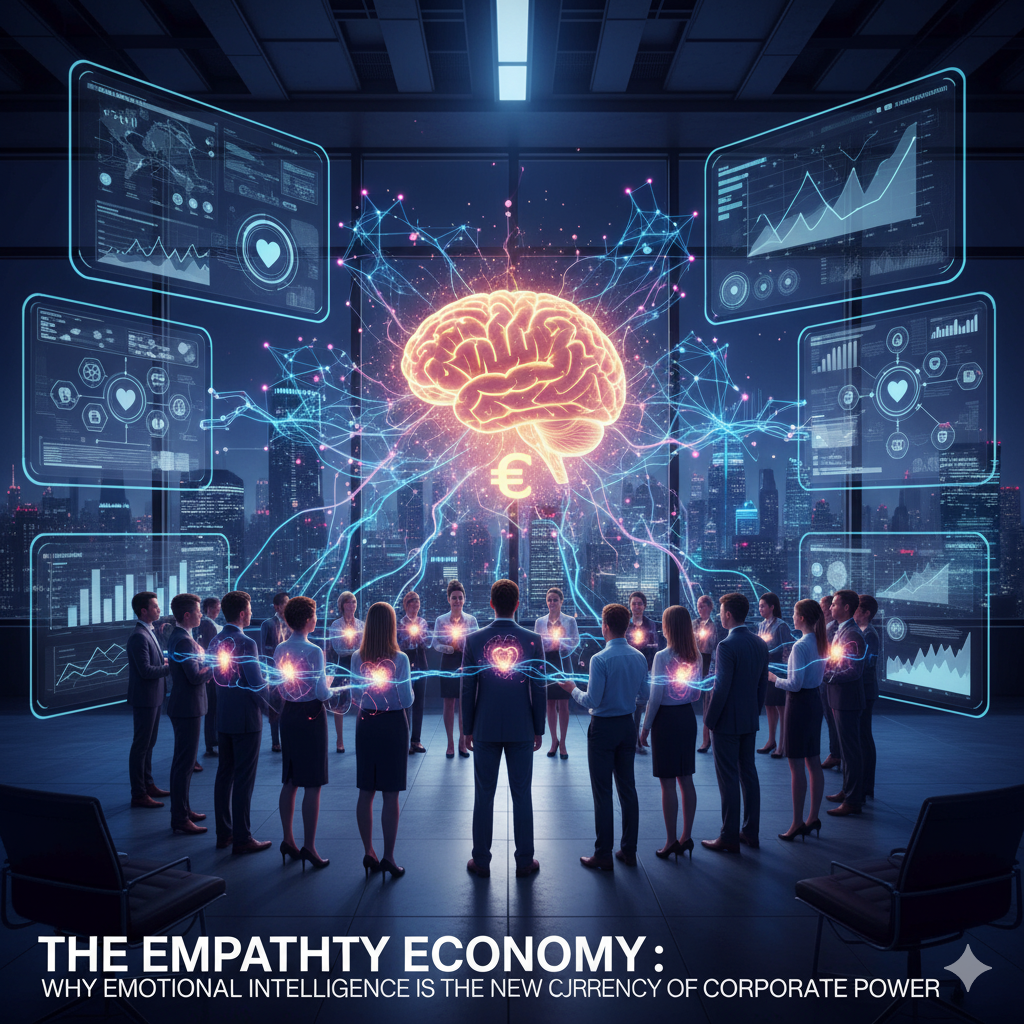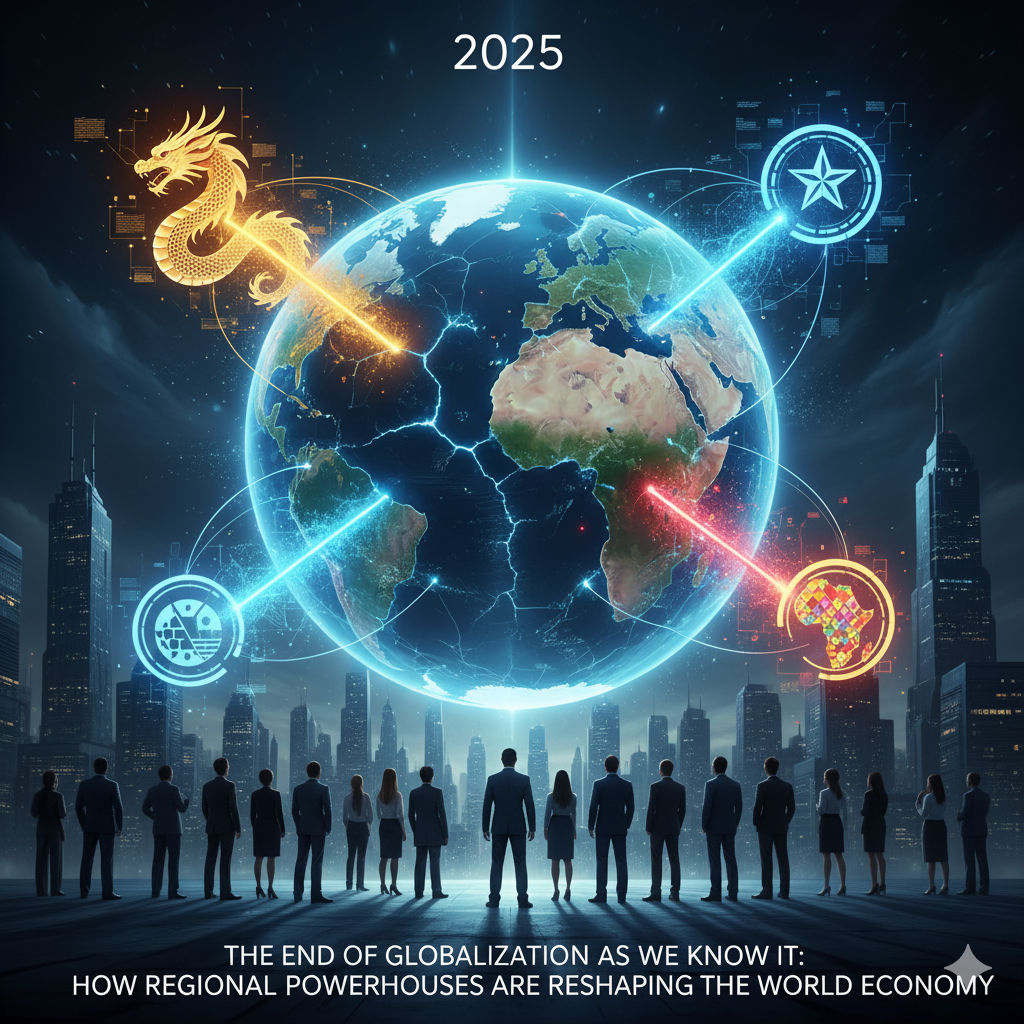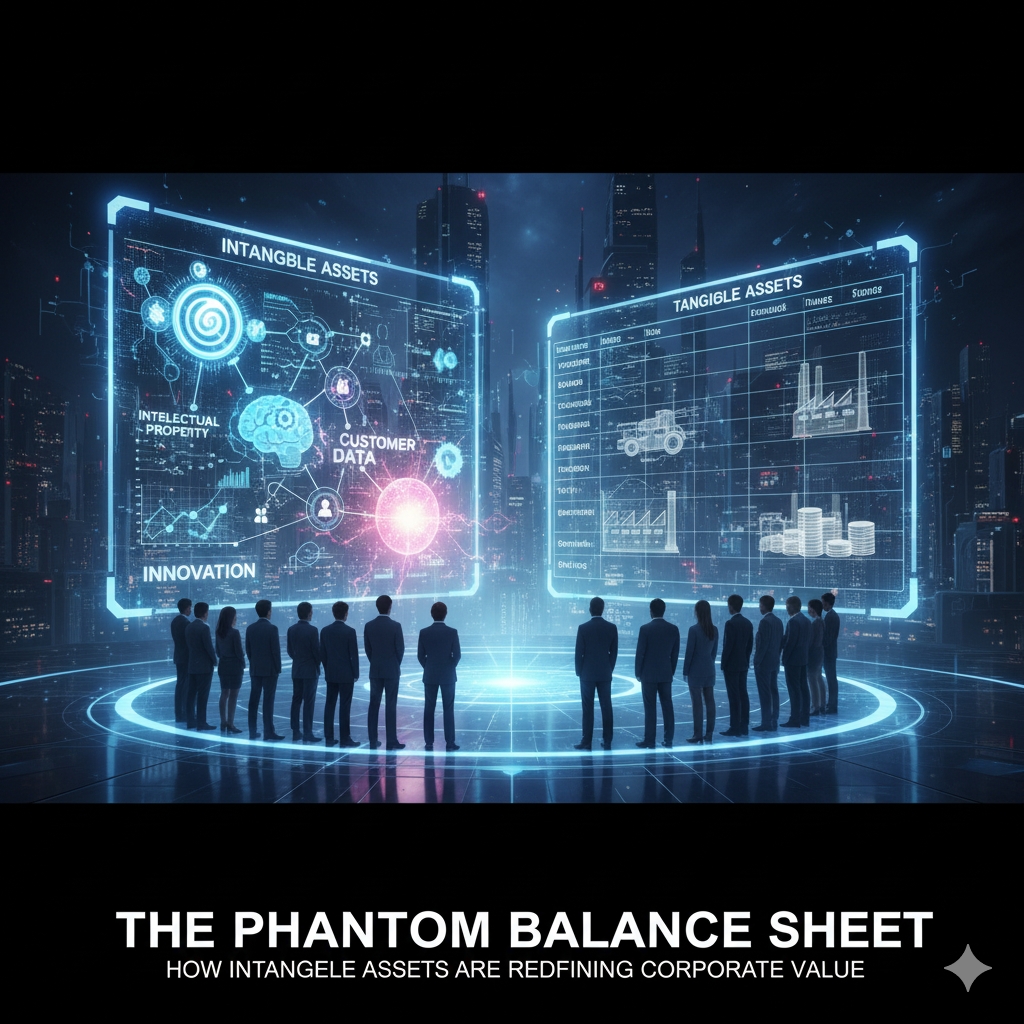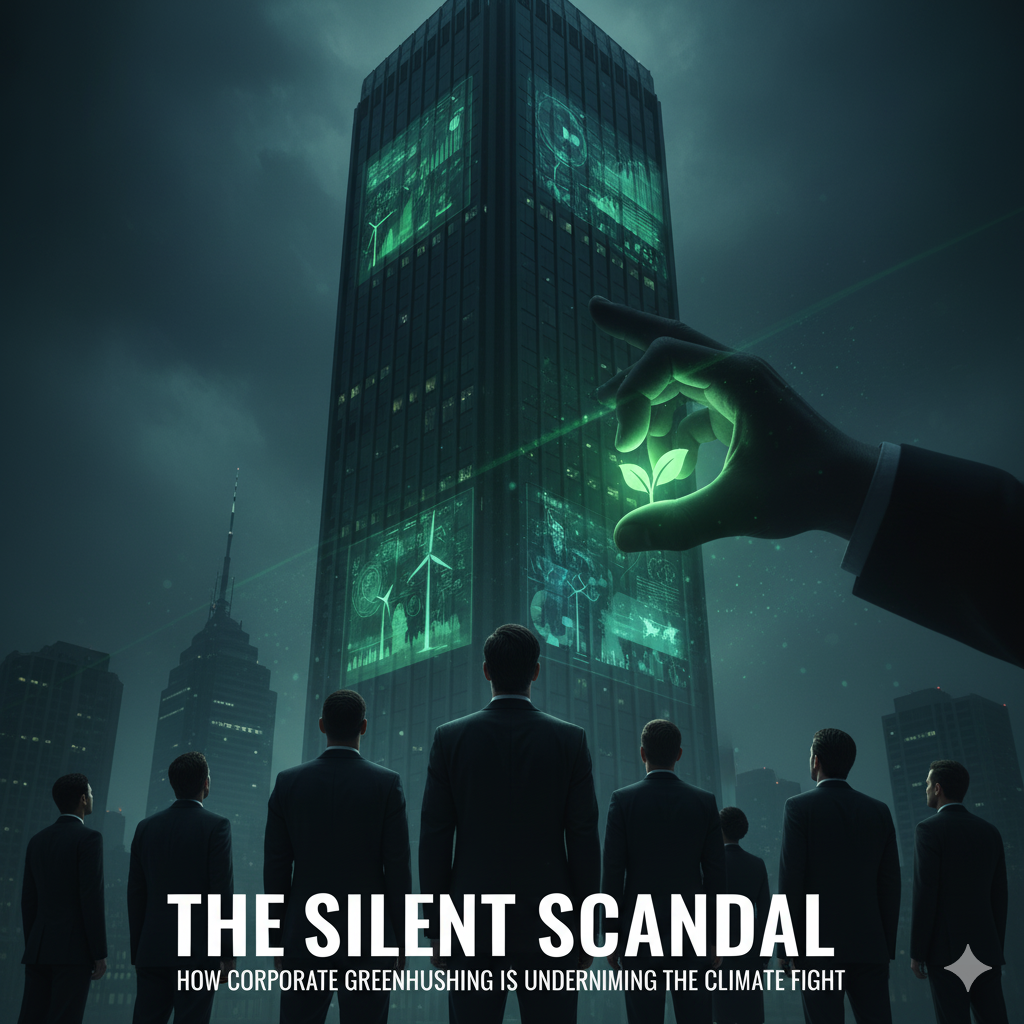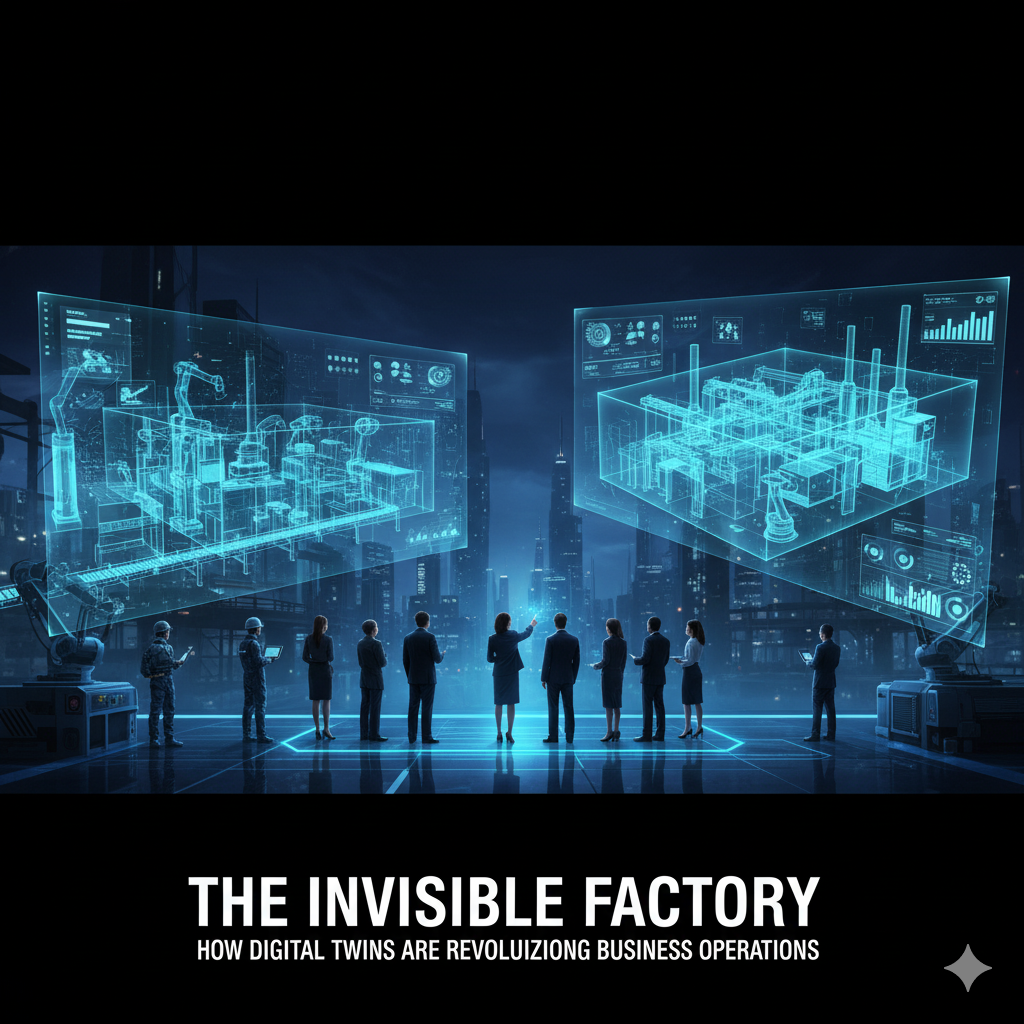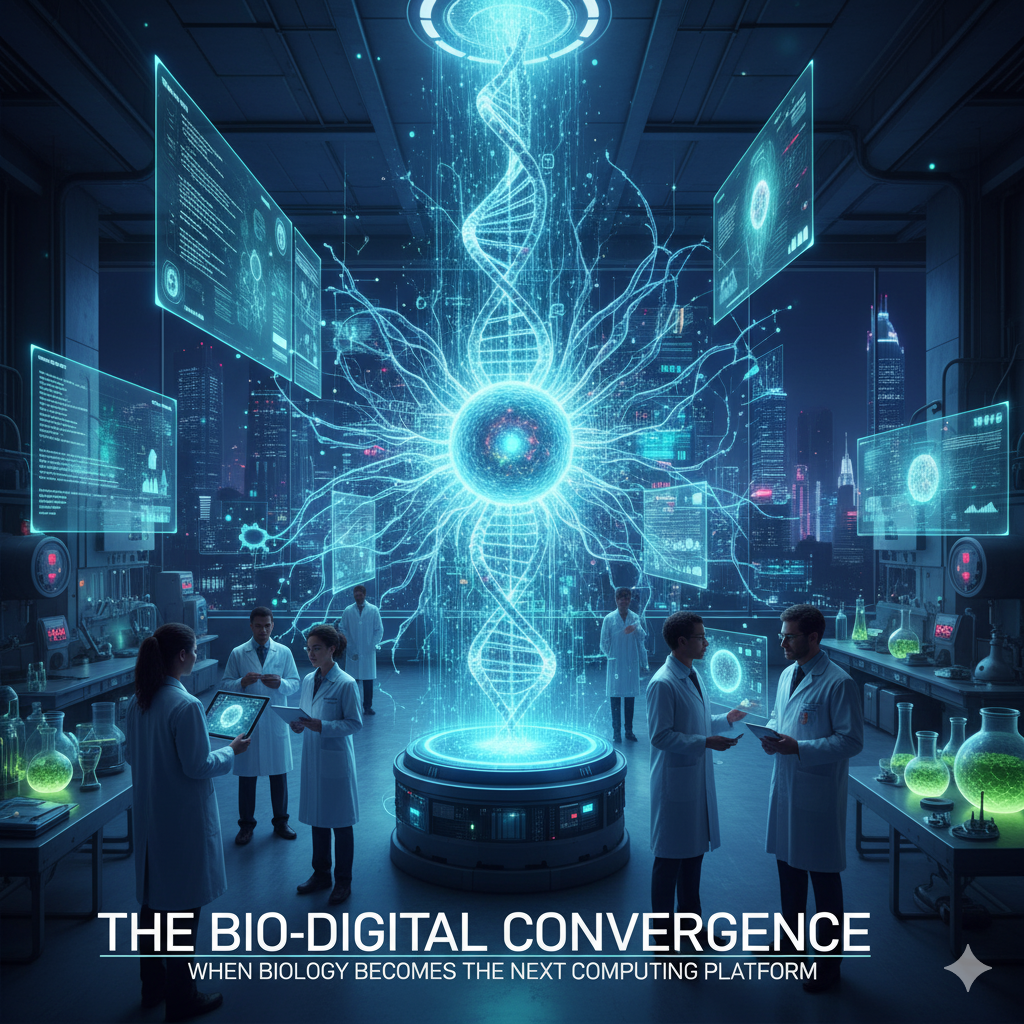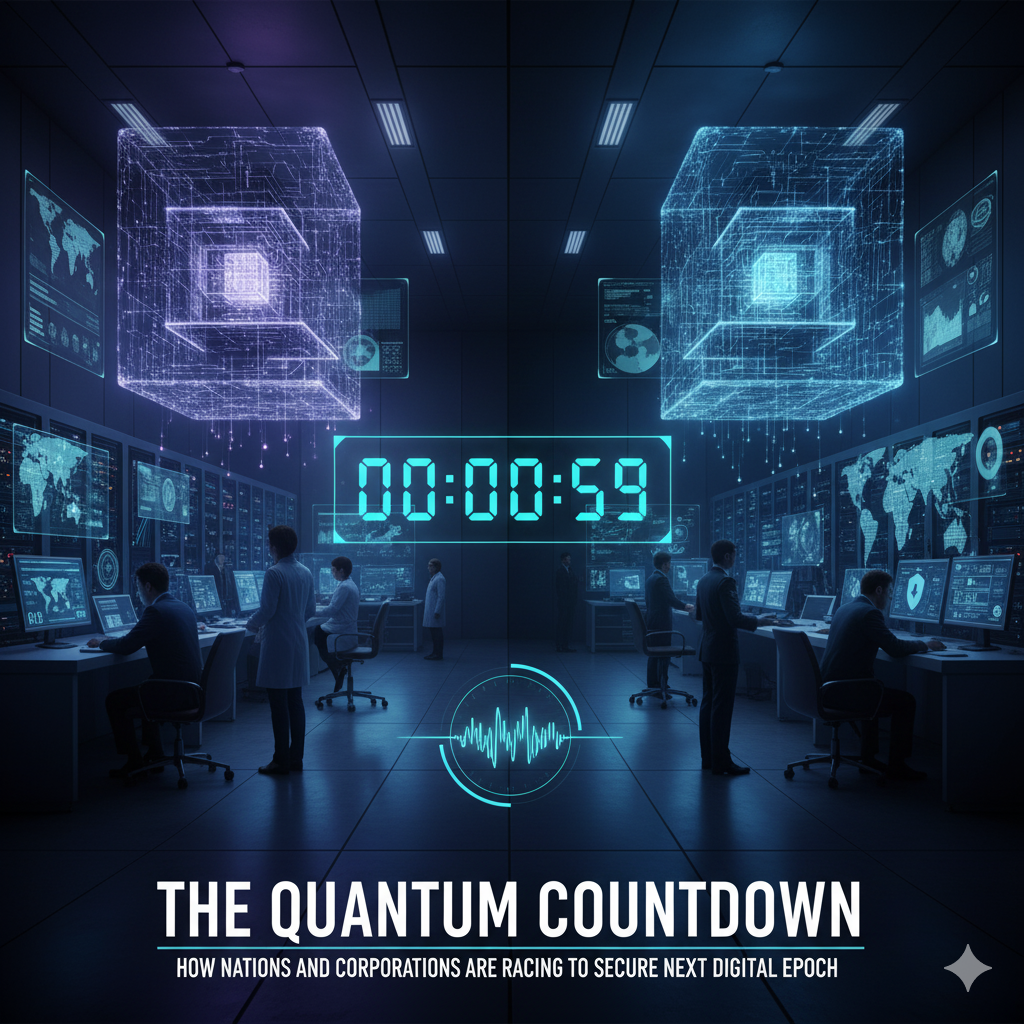For decades, the corporate playbook celebrated the ruthless leader—the iron-fisted CEO who prioritized margins over morale, viewing empathy as a weakness in the cutthroat arena of business. That paradigm is collapsing. In the hyper-connected, talent-driven landscape of 2025, a new currency is determining which companies thrive and which merely survive: Emotional Intelligence (EQ). We are entering the Empathy Economy, a fundamental shift where the ability to understand, connect with, and inspire human beings is no longer a “nice-to-have” HR initiative but the core driver of innovation, resilience, and market valuation. The future belongs not to the sharpest negotiators, but to the most perceptive leaders.
The Business Case for Feeling: From Cost Center to Profit Driver
The elevation of EQ from a peripheral soft skill to a central strategic pillar is being driven by an undeniable financial and operational logic. The data is no longer ambiguous.
The Talent Retention Imperative: The cost of employee turnover is staggering—often ranging from 50% to 200% of an employee’s annual salary. In an era of “quiet quitting” and rampant disengagement, empathetic leadership is the ultimate antidote. A study by the Center for Creative Leadership found that managers rated as empathetic by their subordinates were rated as higher performers by their own bosses. Employees who feel heard, understood, and valued do not leave. They become loyal brand ambassadors, reducing recruitment costs and preserving institutional knowledge.
The Innovation Catalyst: Psychological safety—a belief that one will not be punished for making a mistake—is the bedrock of innovation. It is a concept pioneered by Harvard’s Amy Edmondson and popularized by Google’s Project Aristotle, which found it to be the number one factor in successful teams. Empathetic leaders create this safety. They foster an environment where diverse perspectives are welcomed, where “dumb” questions can be asked, and where failure is treated as a learning opportunity, not a career-ender. This is where breakthrough ideas are born.
The Customer Connection Engine: In a market saturated with similar products and services, the customer experience is the final frontier of differentiation. Empathy is the engine of customer-centricity. Companies like USAA in insurance and Ritz-Carlton in hospitality have built legendary brands and fanatical customer loyalty by empowering their frontline employees to use empathy to solve problems. They don’t just follow a script; they connect with the human being on the other end of the interaction, creating emotional loyalty that price cuts cannot erase.
The Anatomy of an Empathetic Organization
Building an empathetic company is not about installing a meditation room or holding a single workshop. It requires a systemic rewiring of corporate structures, processes, and, most importantly, leadership behaviors.
Listening as a Core Competency: This moves beyond annual surveys. It involves creating continuous, psychologically safe feedback loops. This can take the form of regular, anonymous “pulse” checks, “stay interviews” to understand what makes top performers happy, and leaders who practice “management by walking around” with genuine curiosity, not just oversight.
Radical Transparency and Vulnerability: Empathetic leaders model the behavior they want to see. They are transparent about challenges the company faces, admit their own mistakes, and show vulnerability. This humanizes them, builds trust, and gives employees permission to be their whole selves at work. This shatters the facade of the infallible executive and builds a culture of authentic connection.
Data-Driven Empathy: The tools of the Empathy Economy are becoming increasingly sophisticated. Organizational Network Analysis (ONA) can map the informal connections and collaboration patterns within a company, identifying bottlenecks and isolated teams. AI-powered sentiment analysis of internal communications can provide leaders with an early-warning system for burnout and disengagement, allowing for proactive intervention.
The New Leadership Mandate: From Commander to Coach
The role of a manager is undergoing its most significant transformation since the Industrial Revolution. The outdated “command-and-control” model is being replaced by the “connect-and-collaborate” model.
The Coach-Leader: The modern manager’s primary role is that of a coach: to unlock potential, remove obstacles, and provide context. This requires high levels of empathy to understand each team member’s unique motivations, strengths, and developmental areas. It’s about asking powerful questions, not just giving orders.
Empathy in Decision-Making: Every major corporate decision—from a restructuring to a new product launch—has a human impact. Empathetic leaders actively consider this impact. They ask: “How will this change affect our employees’ well-being? How will our customers feel? What are the unintended human consequences?” This leads to more sustainable, less disruptive, and ultimately more successful implementations.
Conflict as a Source of Value: In a low-empathy environment, conflict is suppressed or becomes toxic. In a high-EQ environment, conflict is reframed as a source of creative tension. Empathetic leaders facilitate difficult conversations, ensuring all voices are heard and guiding teams toward integrative solutions that respect different viewpoints.
Case Study: Microsoft’s Cultural Transformation
When Satya Nadella took over as CEO of Microsoft in 2014, the company was known for its internal politics and “know-it-all” culture. Nadella’s first order of business was to champion a “learn-it-all” culture built on empathy. He began by asking managers to truly listen to customer needs and employee feedback. He openly discussed his personal journey as a parent of a child with special needs, linking it to the need for building accessible technology. This focus on empathy was not a side project; it was the central strategy. The result? Microsoft shed its stagnant, bureaucratic skin, rediscovered its innovation mojo, and saw its market valuation increase nearly tenfold, making it one of the most valuable companies in the world. The turnaround is a masterclass in the financial power of empathetic leadership.
The Limits and Dangers: Empathy Without Boundaries
While crucial, empathy is not a panacea. Misapplied, it can become a liability.
Empathy Burnout: Leaders, particularly in caring professions, can suffer from compassion fatigue, where the constant emotional labor leads to exhaustion and decreased effectiveness. Organizations must teach sustainable empathy, which includes self-care and boundary-setting.
The Paralysis of Consensus: An overemphasis on harmony and feeling can lead to decision-making paralysis. The goal is not to make everyone happy, but to ensure everyone feels heard before a clear, timely decision is made.
Empathy vs. Accountability: Empathy cannot be an excuse for low performance. The most empathetic leaders are also clear and direct about expectations. They provide candid feedback with care, holding people accountable not as a punitive measure, but as an act of belief in their potential to grow.
Strategic Outlook: The EQ-Defined Corporation of the Future
The integration of emotional intelligence will only deepen in the coming years. We can expect to see:
EQ as a Hiring and Promotion Criterion: Assessments for emotional intelligence will become as standard as technical skill evaluations for leadership roles.
The Chief Empathy Officer: While the title may vary, a C-suite role dedicated to organizational health, culture, and employee experience will become commonplace in forward-thinking companies.
AI as an Empathy Amplifier: Artificial intelligence will be used not to replace human connection, but to augment it. AI can analyze meeting tones to suggest when a team is stressed, prompt managers to check in on quiet employees, and help personalize career development paths.
Conclusion: The Ultimate Competitive Advantage
The 21st-century corporation is a social system. Its success is determined by its ability to attract, retain, and inspire human beings. In this reality, emotional intelligence is not a soft skill—it is a hard, quantifiable, and indispensable business discipline.
The companies that will lead the next decade are those that recognize a profound truth: the most sustainable competitive advantage is a culture of empathy. It is the force that unlocks human potential, fosters unwavering loyalty, and builds the resilience needed to navigate an uncertain world. The era of the ruthless leader is over. The era of the empathetic architect has begun. The market will reward those who build with heart, not just with steel.

